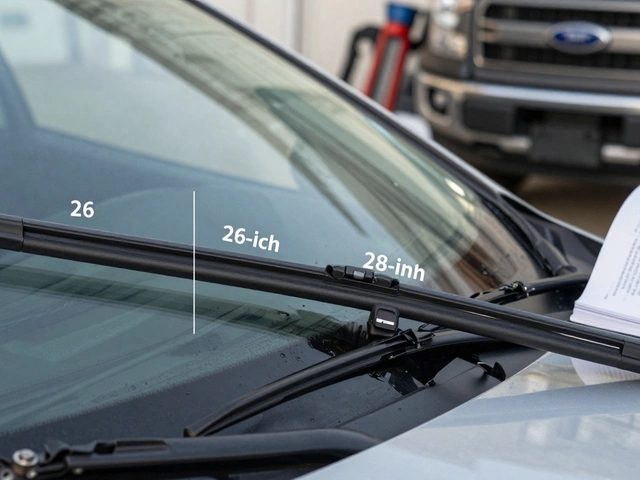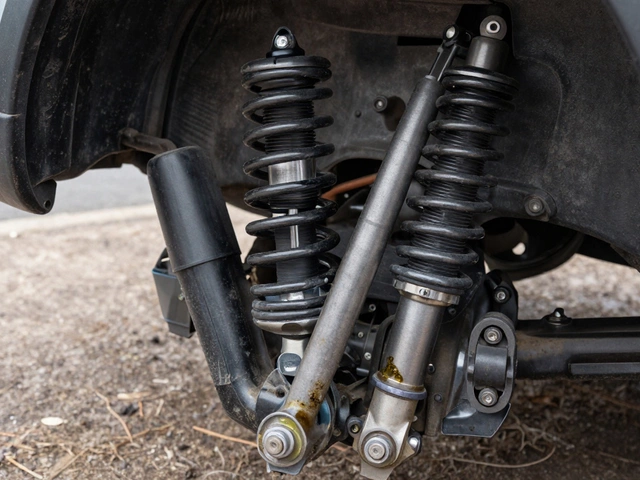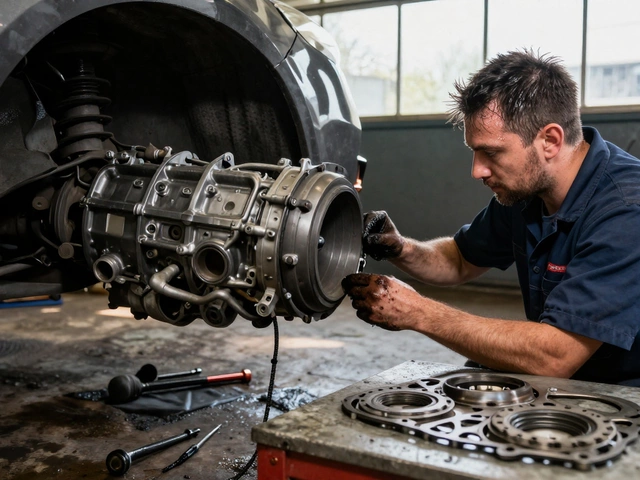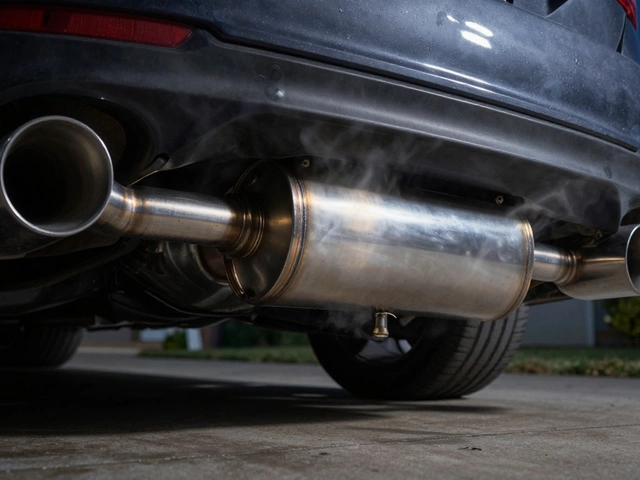Automotive Parts: What You Need to Know for Reliable Car Performance
When your car starts acting up, it’s rarely because of one big thing—it’s usually a small automotive part, a physical component that keeps your vehicle running safely and efficiently. Also known as car parts, these are the pieces you never think about until they fail: the battery that won’t hold a charge, the brake rotors that squeal, the fuel pump that quits without warning. These aren’t just random parts—they’re the backbone of your car’s daily operation, and knowing how they work helps you avoid expensive breakdowns.
Take the car battery, the power source that starts your engine and runs electronics when the car is off. It’s not just a box under the hood—it’s a clock. Most last 3 to 5 years, but extreme heat or cold, short trips, and leaving lights on can kill it faster. Then there’s the brake rotor, the metal disc that your brake pads clamp down on to stop your car. If it’s worn thin or warped, your brakes won’t work right, even with new pads. And don’t ignore the fuel pump, the device that pushes gas from the tank to the engine. A failing pump won’t always throw a code, but your car will sputter, stall, or refuse to start—often right when you need it most.
Your radiator, the cooling system component that keeps your engine from overheating, is another silent hero. It can last over 100,000 miles, but rust, leaks, or old coolant turn it into a ticking time bomb. And it’s not just about the part itself—what’s around it matters too. A bad radiator can make your engine work harder, which stresses other systems like the suspension and even the transmission. These parts don’t live in isolation. They talk to each other. When one fails, others feel the strain.
You don’t need to be a mechanic to spot trouble. You just need to know what to look for: strange noises, warning lights, odd smells, or a car that doesn’t respond like it used to. The posts below give you real, no-fluff checks for common failures—how to test your battery with a multimeter, how to tell if your brake rotors are worn, whether your fuel pump is dying, and if your radiator’s about to quit. These aren’t theory pages. They’re practical guides written for people who drive their cars, not just admire them.
Whether you’re trying to save money by doing it yourself or just want to know if your mechanic is giving you the real story, understanding these automotive parts puts you in control. You’ll stop guessing and start knowing exactly what’s wrong—and what you need to fix it.





